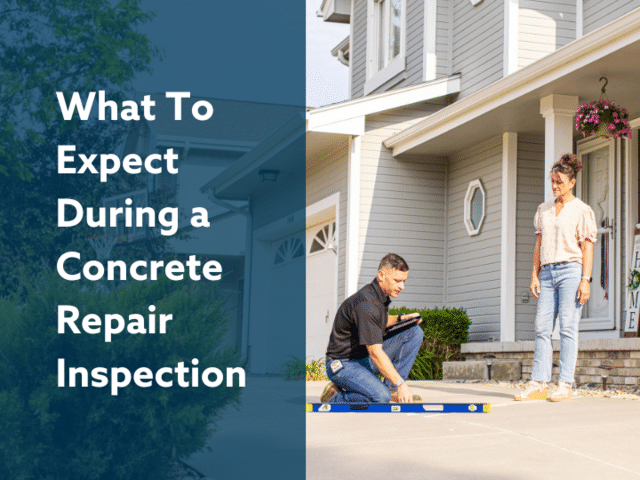Push Pier System

Each year millions of people across North America have to struggle with foundation settlement problems in their homes. Homeowners all over can attest to hearing noises from their homes as it moves and shifts beneath their feet. Many homeowners describe the feelings or emotions of lost security in the possession of their home. The one possession that many felt was secure and that they could count on for years has turned on them and they no longer can trust that investment. It is during these times when you need to ensure you are working with a skilled and experienced contractor.
Foundation settlement problems can be scary because they are problems that we cannot control and the causes are not easy to understand. So let's take some time now, and explain what causes foundation problems, what we can do to reduce our risk of having a problem, and what the options for repair are.
As you may have guessed, foundation settlement problems all start with the soil. Our home's foundation is built on the soil, and if the soil conditions are not adequate, it can fail to support the foundation long term. Typically, foundation settlement problems occur because of one of three soil conditions.
- Poorly compacted soil
- Dried soil conditions
- Wet soil conditions
Poorly compacted can either be the result of native soils that simply are not dense enough or compact enough to adequately support the weight of the home built on the site. This can also happen as the result of poor land development, when the neighborhood is being originally constructed. Land developers often cut down hills and fill in valleys to create a better building site. However, if the soil is not properly compacted during development, it can result in weaker layers of soil 10' to 20' feet below grade. When a home is built on top of these soil conditions, it can easily experience differential settlement problems.
Dried out soil conditions are probably the most common reason for foundation settlement issues. When the clay soils in the Midwest dry out, the soil contracts and shrinks in size. This is why, we can visibly see cracks in the soil during the fall season as the soil is contracting in size. This same contracting of soils occurs below our home's foundation as the soil dries out. As the dry soil contracts, it pulls away from the bottom side of the foundation and allows the foundation to settle downward into the newly created void space. Slowly over time, our foundation continues to settle as they continue to fall into the voids created below our foundation during the dry seasons.
Just as dry soils can lead to foundation settlement issues, so too can overly wet soil conditions. As we all know, when soil gets wet it turns to mud, and when we step into mud our foot sinks into it. The same basic concept can occur in our homes. If too much water is present in the soil directly beneath the foundation, it can turn to mud. The weight of the foundation can then sink into the wet soil conditions.
So what can be done to prevent foundation settlement issues? The good news is, homeowners can take preventative actions on their homes to prevent these types of issues. To prevent wet soil conditions below your foundation, you must ensure that all gutters and downspouts are working properly. It is critical to get the water away from your foundation as quickly as possible to prevent saturation of the soil right next to your home. Ironically, you may also want to add water to the soil close to your home during the dry season. In the fall months, if you see the soil beginning to pull away from your foundation as it dries out, you should consider running a water hose along the foundation for a few hours. This will wet the soil back to its ideal state, and prevent the contraction of the soil below your foundation. Prevention really comes down to maintaining proper soil moisture content around your home. You don't want it to be too dry or too wet.
Even with all the preventative measures in place, some homes still experience foundation settlement issues. One thing we know for sure, is that once these problems start they won't get better on their own and will only get worse over time. So once you notice an issue, the best thing to do is to call a foundation repair expert to get an evaluation performed on your home and determine a repair plan. Thrasher, Inc. has multiple repair products that can be used but the most common method of repair is using resistance piers, or Push Piers. See the attached brochure for more details on how Thrasher's Push Pier systems work to solve foundation settlement issues.
Thrasher, Inc. has been in business for over 45 years solving foundation repair problems and waterproofing wet basements. In those 45 years, Thrasher, Inc. has repaired over a hundred thousand homes and has stood behind multiple warranties. Thrasher has the experience and reputation needed to fix your home the right way and to remove the fear of the problem. Give us a call for your free quote today.
Article Categories:




